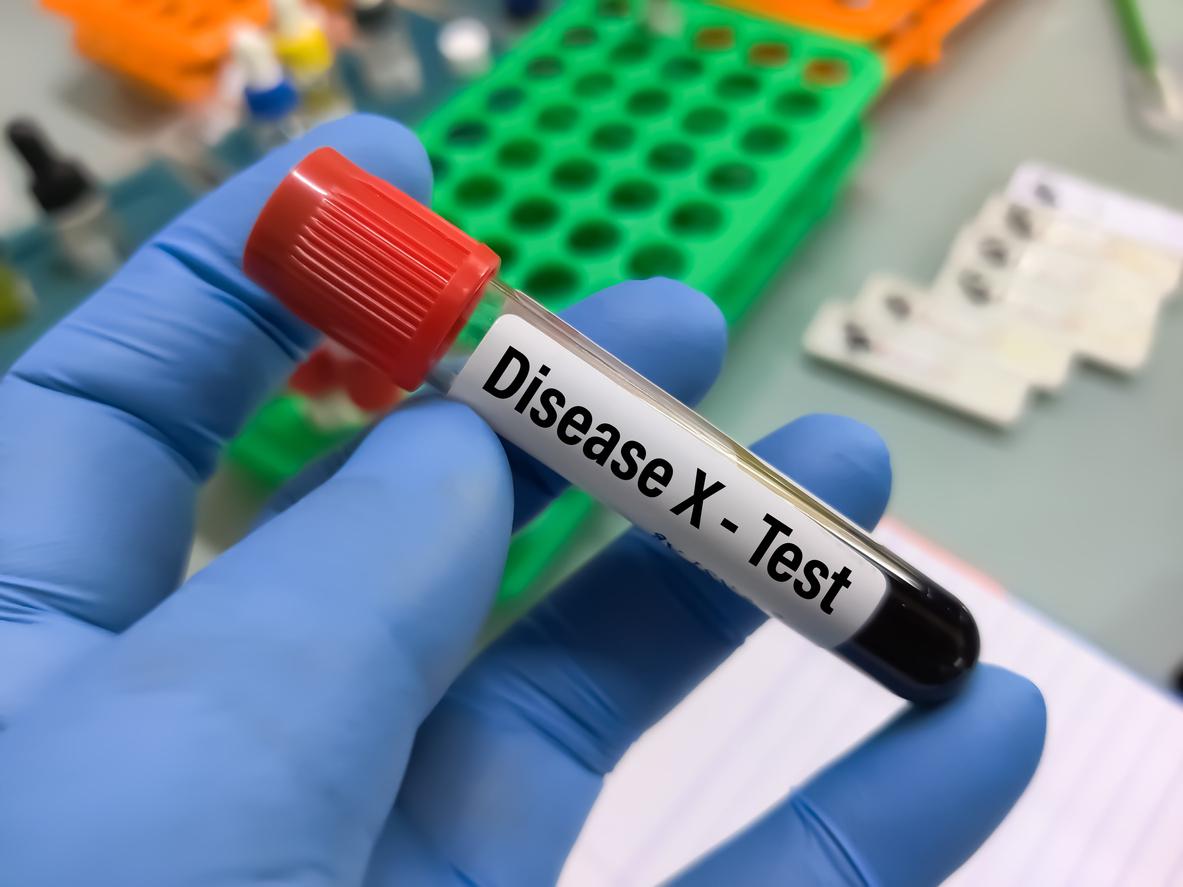Does Verneuil’s disease speak to you? No ? Then you are one of the 90% of people who don’t know what this skin illness. However, this pathology affects 600,000 people in France, or 1% of the population.
What is Verneuil’s disease?
Verneuil’s disease, also called hidradenitis suppurativa or hidradenitis, is a inflammatory condition and chronic of the skin, and more precisely of the pilosebaceous follicles. The disease results in successive outbreaks during which nodules and painful abscesses appear on the folds of the body : armpits, groin, genitals, inter-gluteal and/or sub-mammary fold… These abscesses grow, redden, ooze until they rupture and release a yellowish and odorous substance. These leave significant scars once treated and healed.
The pathology appears from the age of 20-30 and affects three times more women than men. Stop misconceptions: the disease is neither contagious, nor infectious, nor directly fatal.
Verneuil’s disease: treatment not reimbursed
In July 2015, the European Medicines Agency authorized the marketing (MA) of adalimumab (Humira®) for the treatment of Verneuil’s disease in its moderate to severe forms. This medicine, which has been tested and for which specific studies have been carried out, is however not reimbursed. Indeed, the Transparency Commission of the Haute Autorité de Santé did not accept its reimbursement, making France the only country in Europe to have to pay €859.38 to obtain this medication.
In the end, to date, Verneuil’s disease does not have an effective treatment that would make it possible to cure it. Only antibiotics and/or very heavy surgical interventions can bring more or less long respite to those affected.
THE Verneuil’s disease groupwhich brings together two patient associations, denounces the often long diagnostic delay (about 8 years) and warns of the lack of treatment for this extremely disabling and painful disease.
Read also :
– Sleeping sickness: the parasite hides in the skin


















